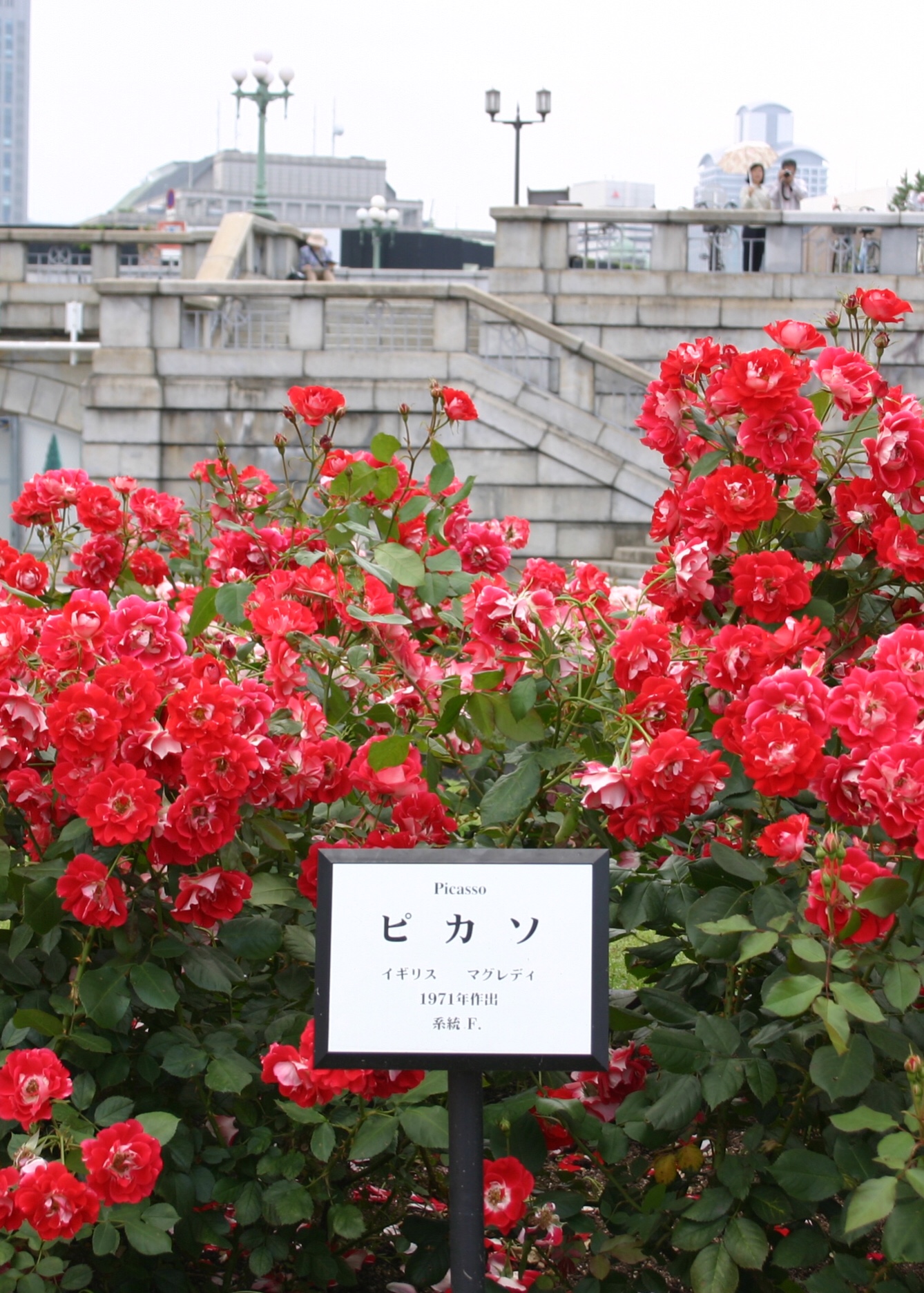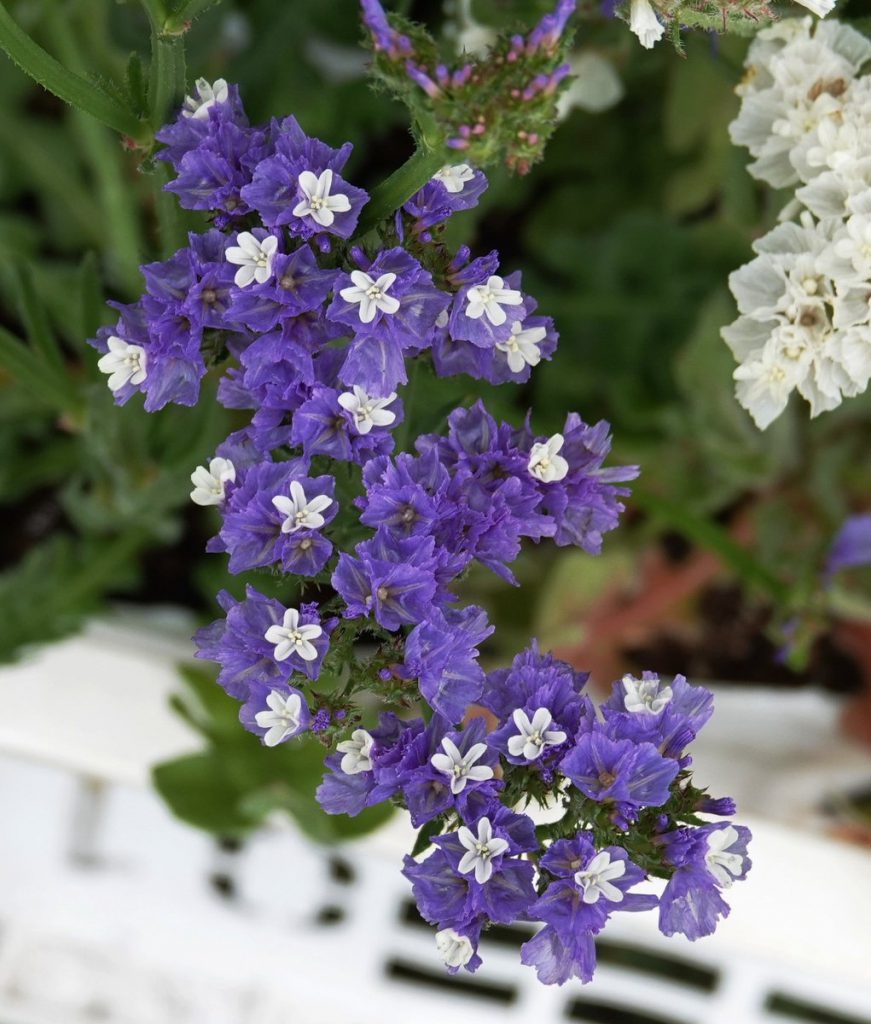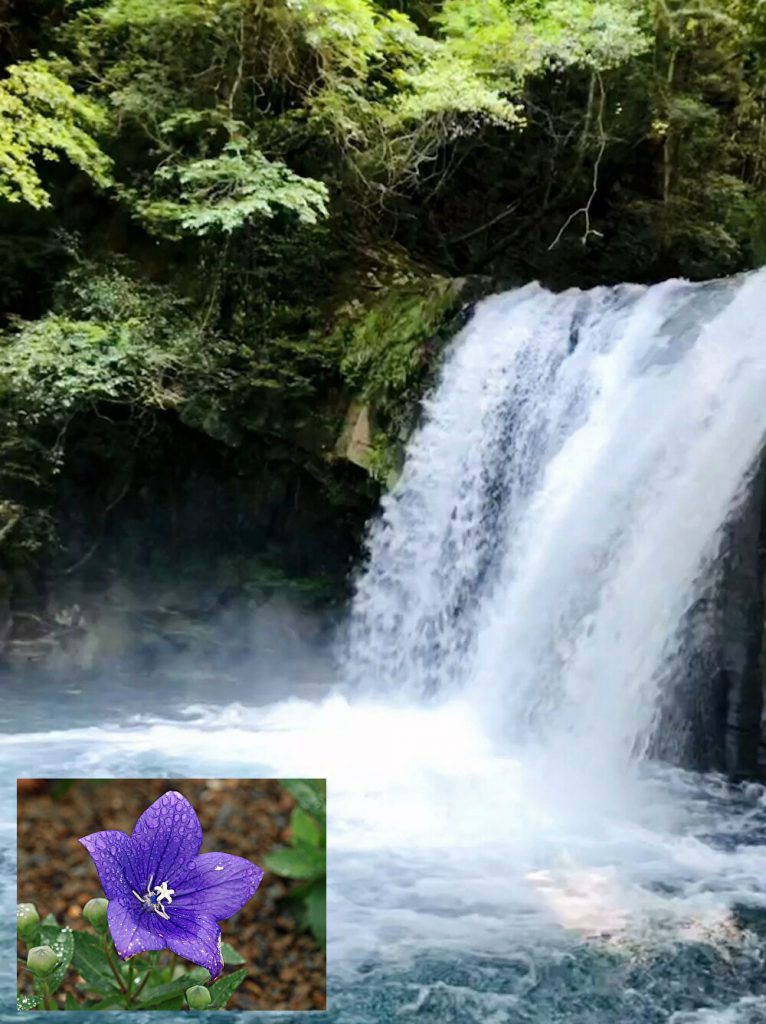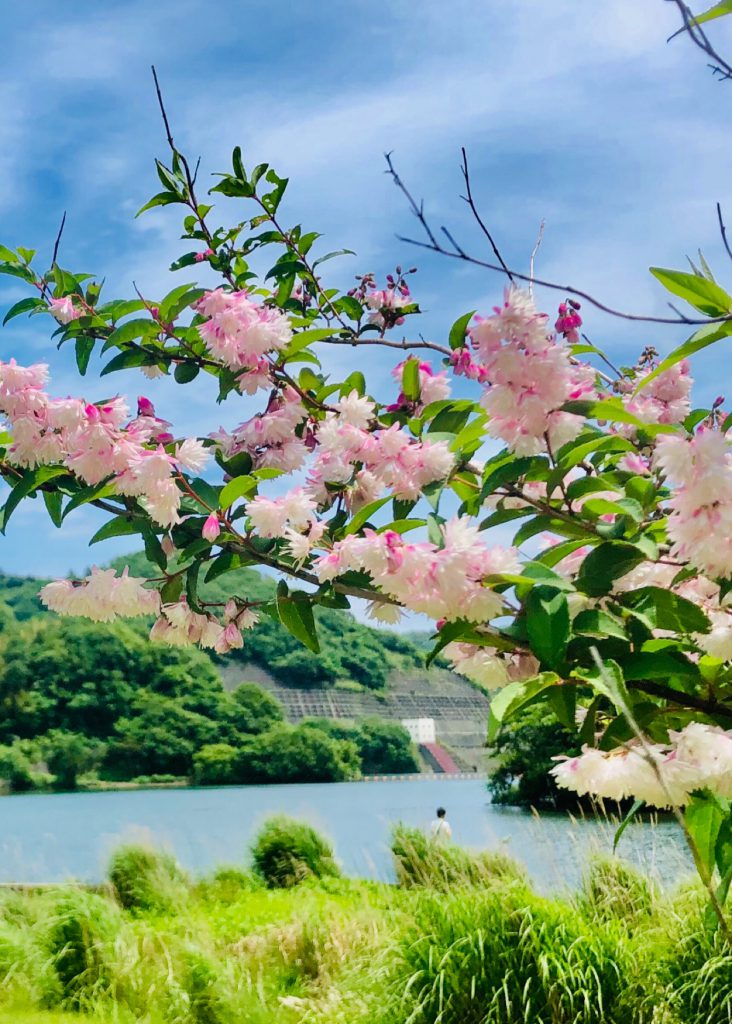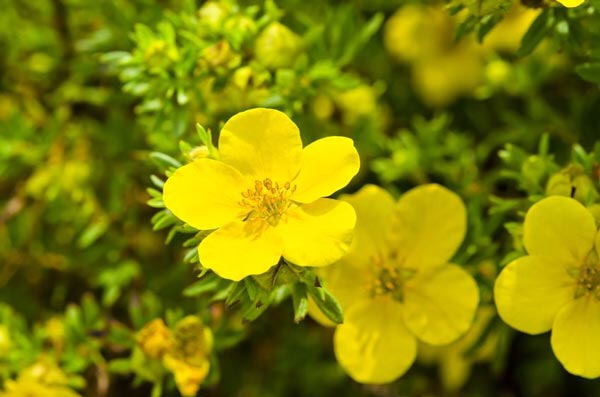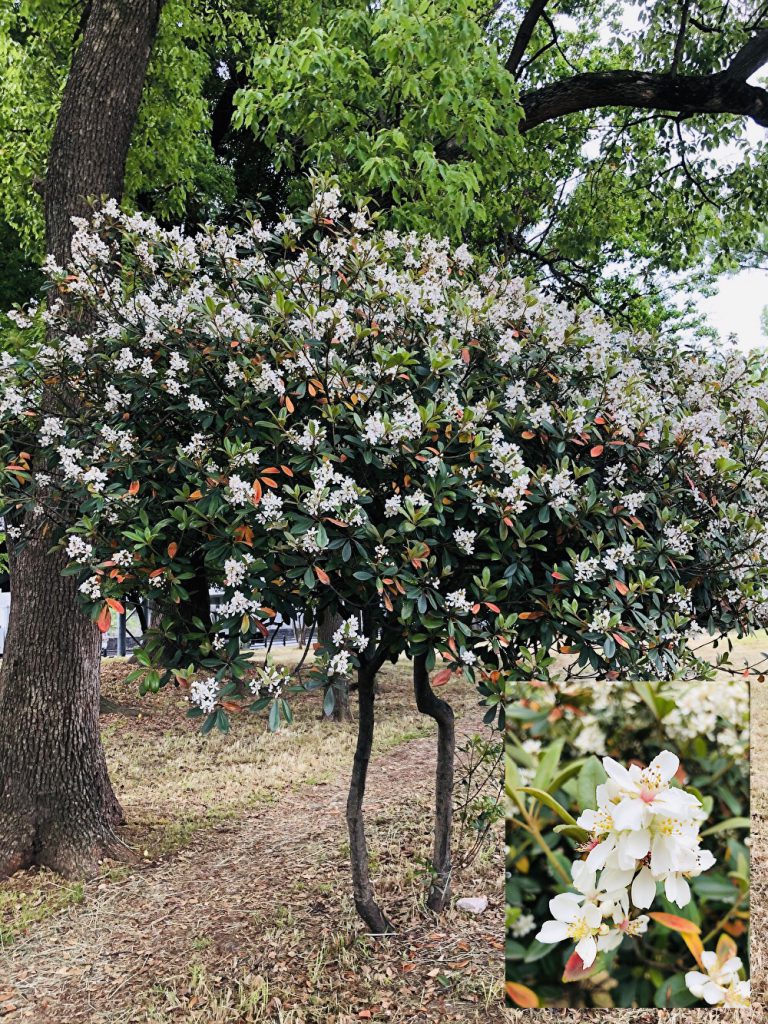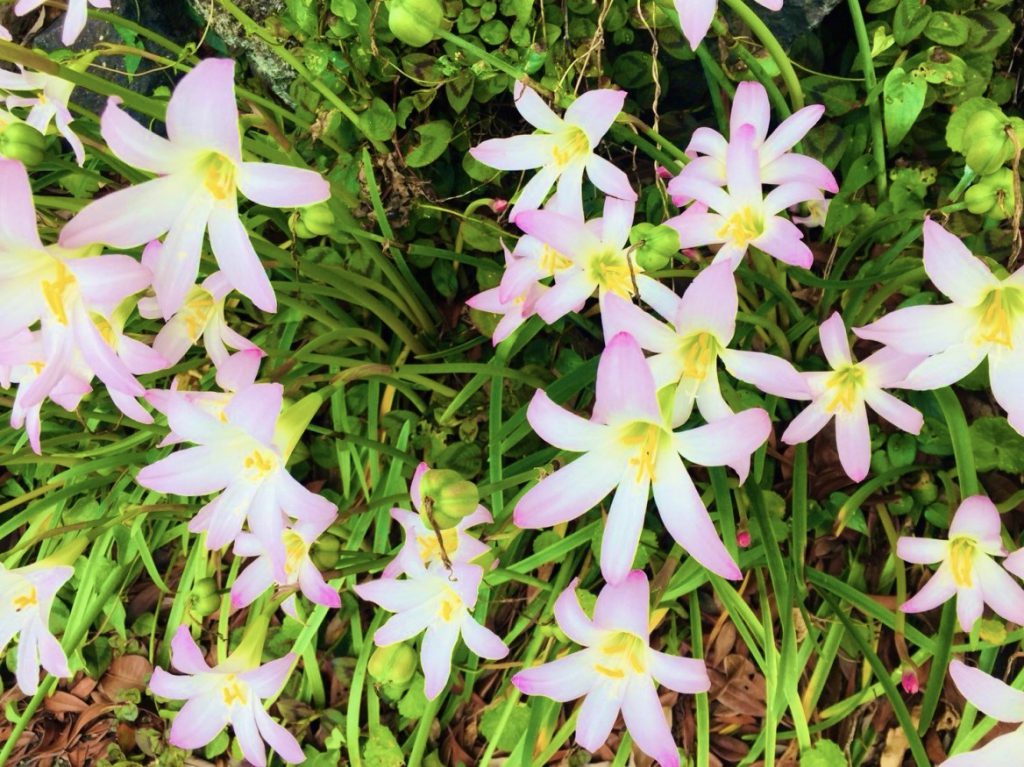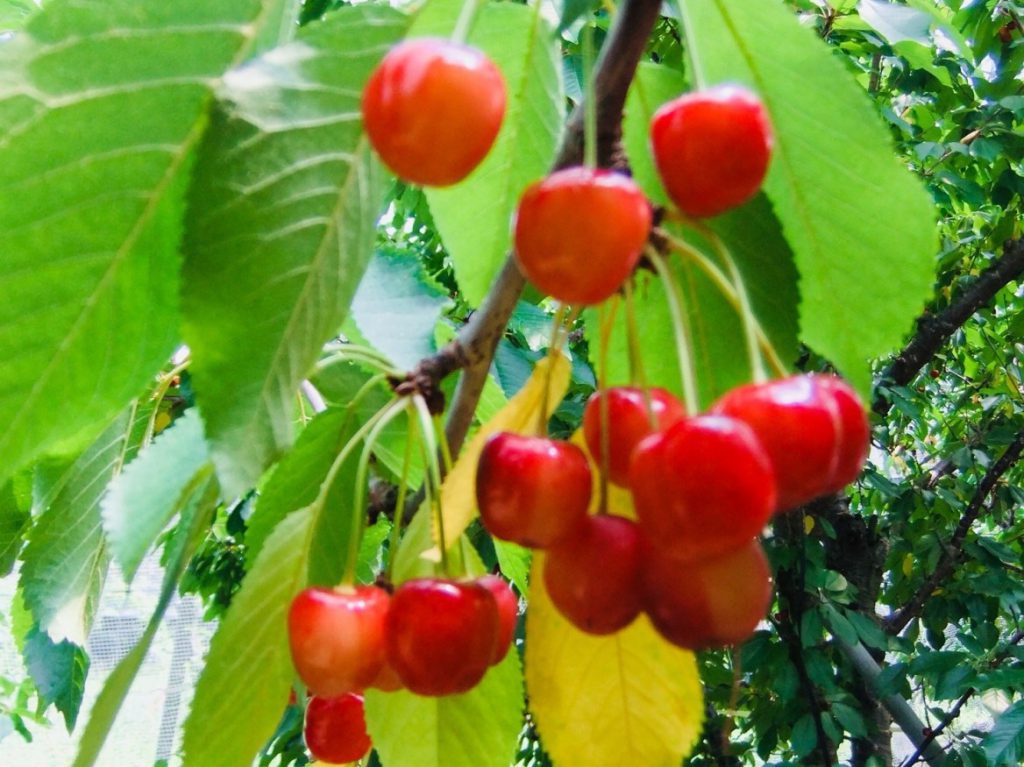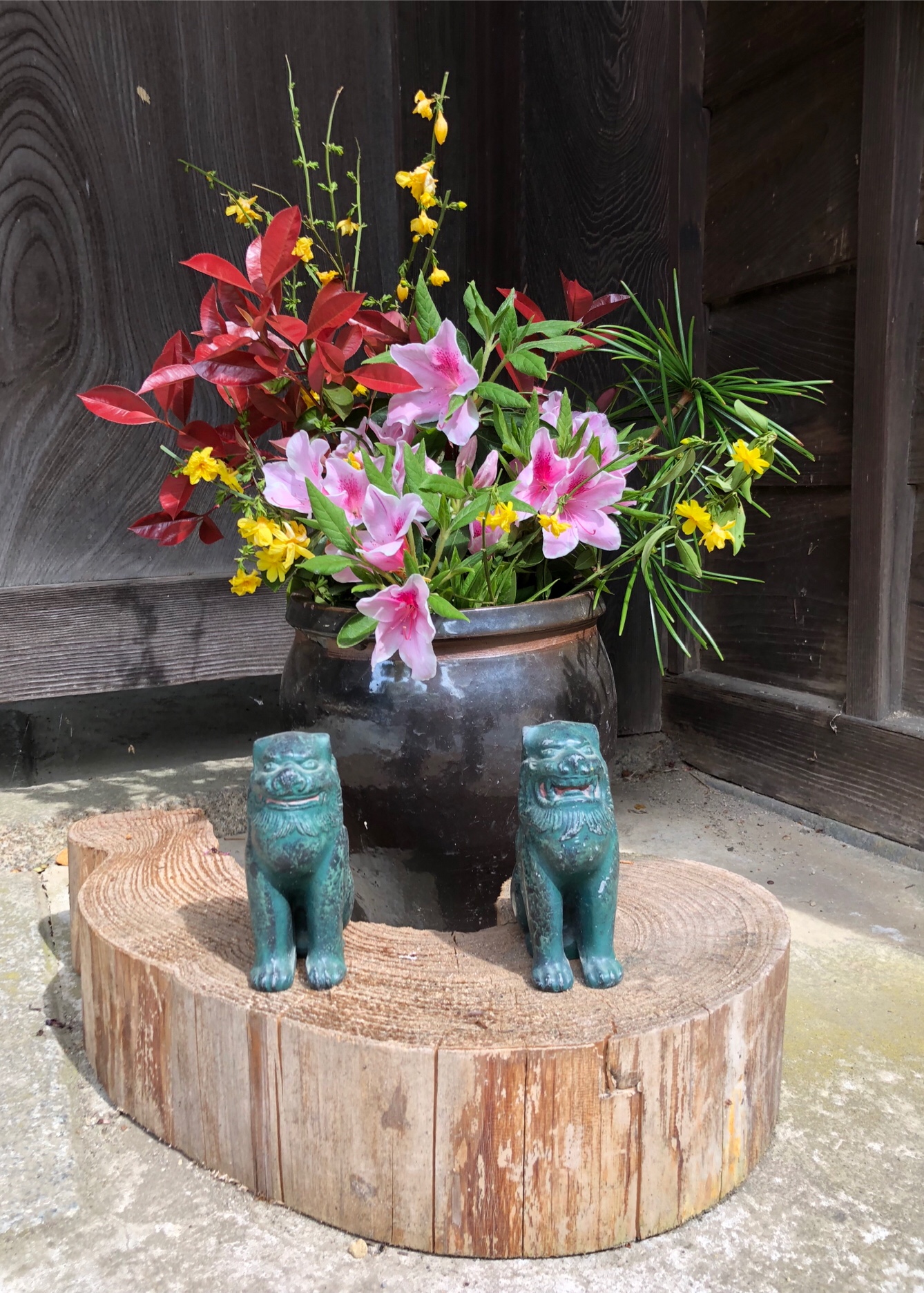
Since the beginning of this year, the world has been exposed to a pandemic due to a coronavirus, and humankind has experienced a situation such as lockdown, immigration restrictions, and postponement of the Olympic Games. Japan is no exception. But due to the advanced national character that has been cultivated since ancient times, Japan has incredibly minimized the damage. Japanese people living in fear and awe of nature have been helping and caring each other since ancient times. The Ikebana in front of the gate symbolizes this.
今年は年始早々から世界はコロナウイルスによるパンデミックに晒され、ロックダウン、入国制限、オリンピック延期など、人類が過去に経験していない事態に陥りました。日本も例外ではありませんでしたが、古来から培われてきた高度な国民性により、世界も驚くほどの最小限度の被害に止まっています。自然を畏れ、敬い、その中で生きる人どうしが、助け合い、いたわる気持ちがそうさせたのです。門前の生け花がそれを象徴しています。

